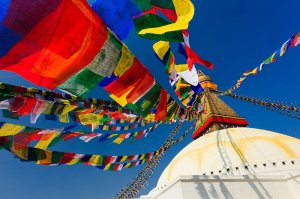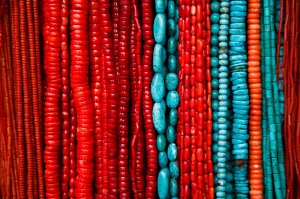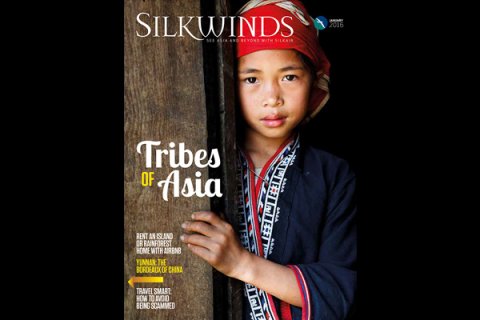Capturing Colour – Part 1
Attention Grabbers
Let’s start with a little intro… earlier in the year I was proud to become a member of the prestigious Coloratti group, part of the X-Rite family (see the original blog post about this momentous occasion here). X-Rite are world leaders when it comes to colour management and many professional photographers rely on their products to ensure what they see on their screens is what they will get once the photograph is printed, not as easy as it sounds!
As a member of this group we are all asked to give back to the photographic community in some way, and I have chosen to write a series of blogs over the next few weeks about colour and its role in travel photography. These blogs will not be essays nor will they be overly technical, there are already numerous posts available online about that side of things, but I can guarantee that the posts will be colourful and will contain my personal view on why the colours in the photograph make a difference to the overall shot. I really hope you enjoy my blogs and if you have any questions or comments, please leave them in the feedback section and I’ll reply as soon as possible.
When it comes to travel photography, bright or bold colours play a significant role in any photograph. Whether you want the viewer to feel happy or sad, see the warmth or the cold or simply notice the photograph to begin with – all this rests in the capable hands of colour. Kiff Holland, a famous painter, once said “Colour creates, enhances, changes, reveals and establishes the mood of the painting” and the same applies to photography.
For my fist post I thought that attention grabbing colours would be an appropriate start! By “attention grabbing” I mean bright and contrasting colours displayed together – making it almost impossible for a viewer to not look at your photograph. In a world full of images you need your photographs to stand out, and what better way to do that than by using colours.
Travel photographers are always on the lookout for colourful shots for the simple reason that people tend to notice the image more, and if you are trying to showcase a certain country and what it has to offer, the more views your images get the better. The following 3 images showcase my attention grabbing theory quite well I think, each one for different reasons, hopefully you’ll agree but if not please do let me know, a healthy discussion never hurt anyone!



To see the article on the X-Rite website please click here. On my next post I will be talking about predominant colours and why sometimes it can work in a photograph’s favour to use only 1 main colour.



